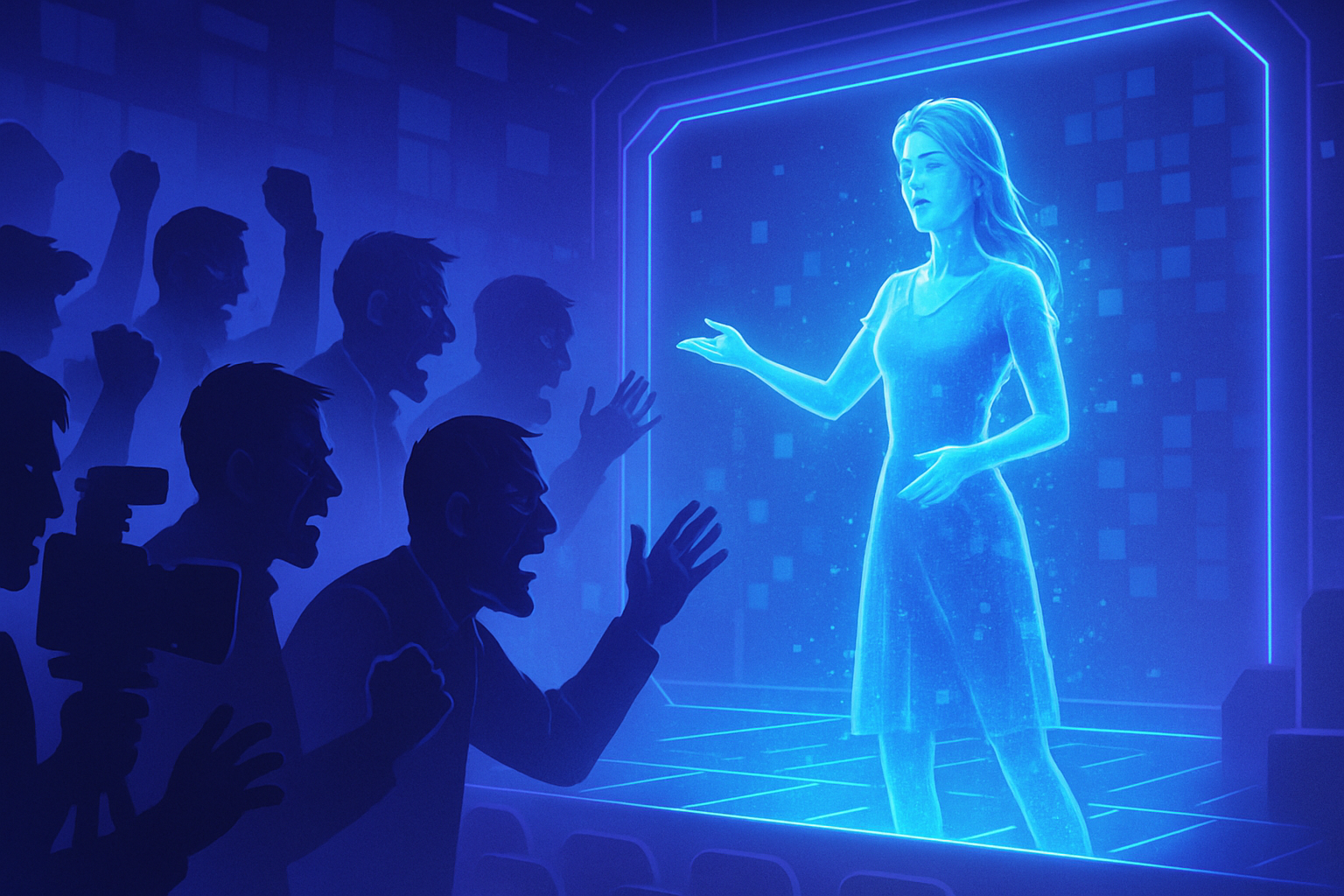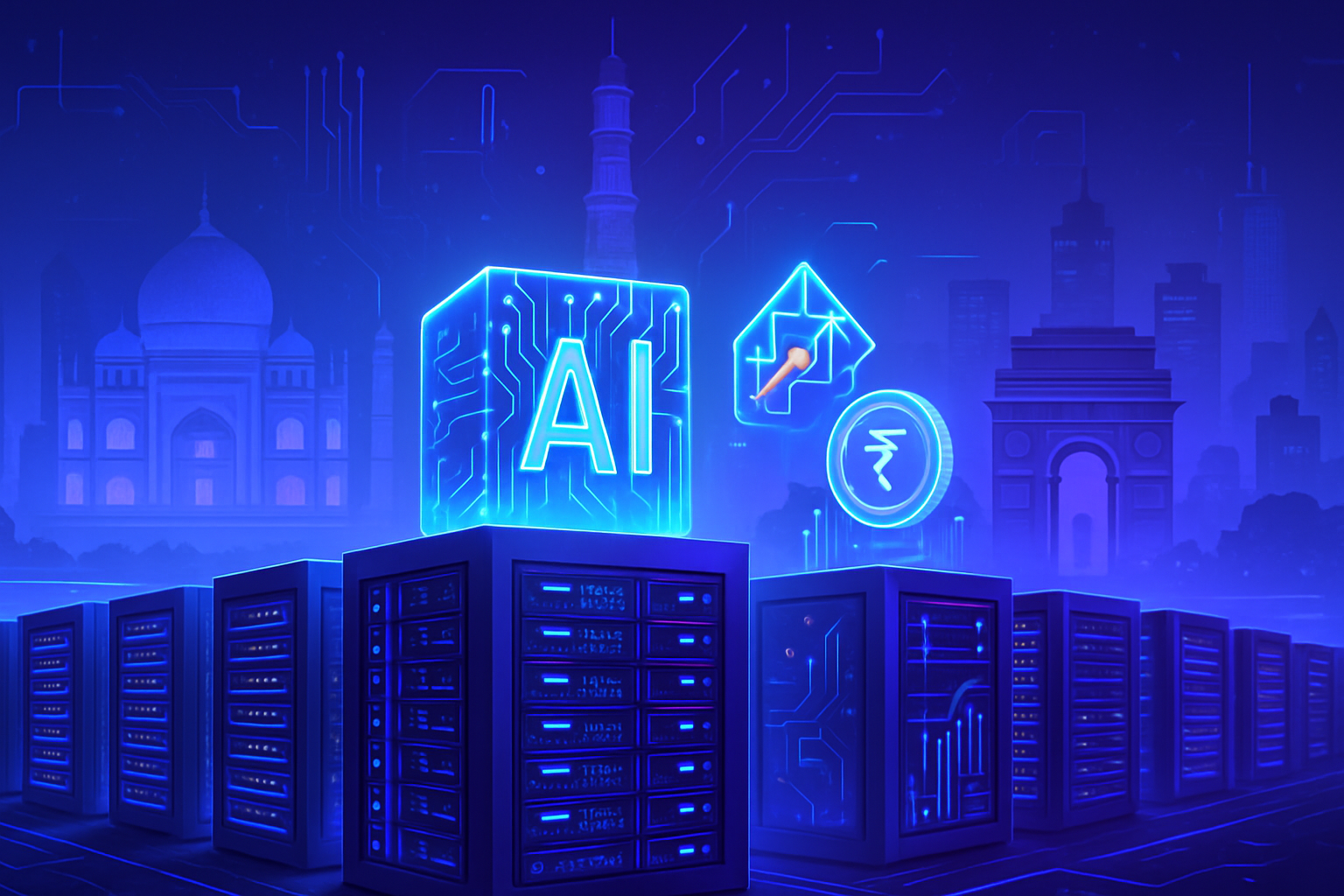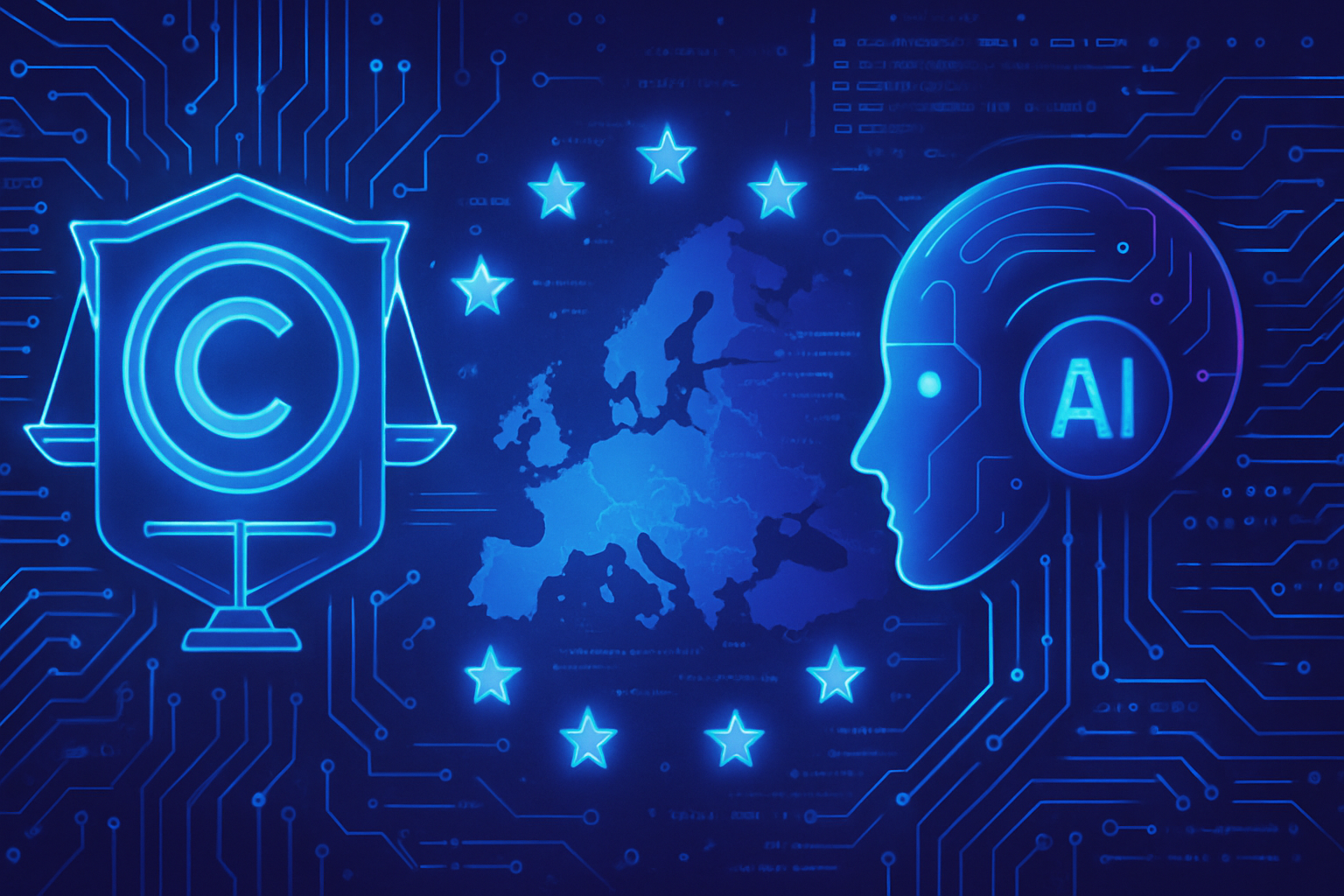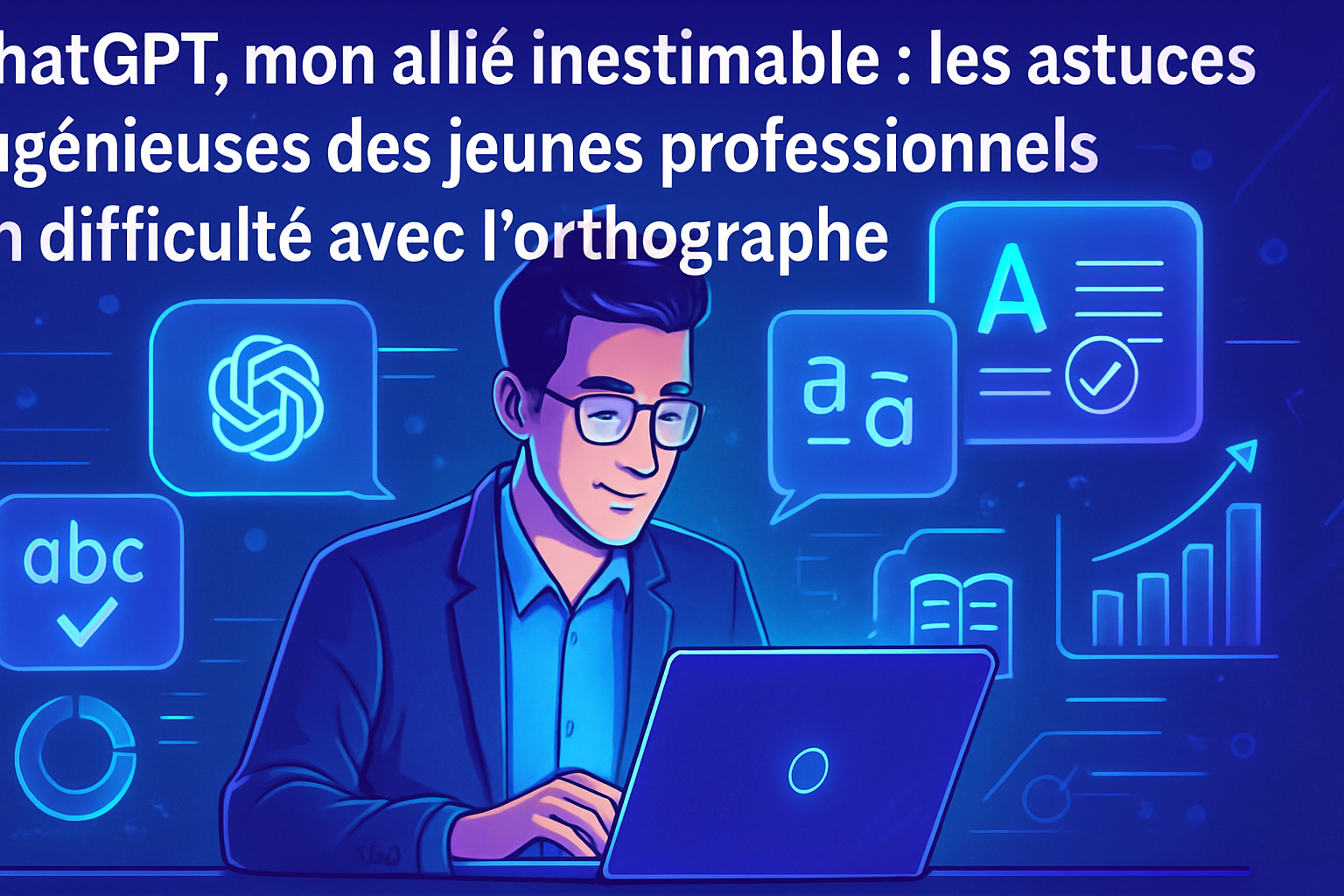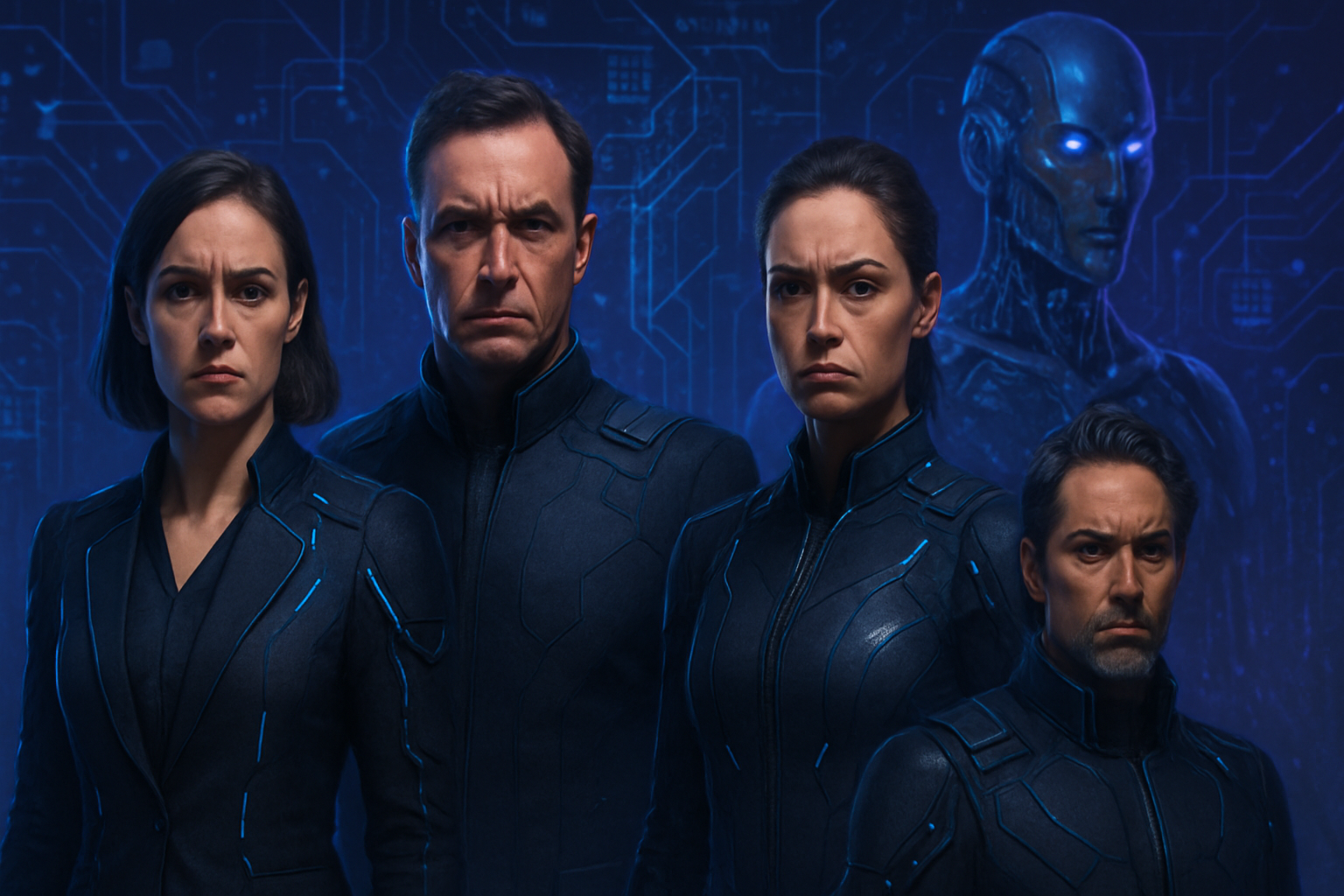The rise of *virtual actresses* raises passionate debates within the film industry. Professionals in the sector express their outrage at this innovation perceived as a threat to authenticity. The creation of entirely digital figures, such as Tilly Norwood, is evidence of the intrusion of AI into dramatic art. Eminent voices denounce it as an offense to the *nobility* of human interpretation. A true controversy emerges around the impact of these digital creations on *creativity* and *culture*.
The emergence of virtual actresses
The contemporary film landscape welcomes a new species of artist: virtual actresses. These creations of artificial intelligence, such as Tilly Norwood, designed by the Xicoia studio, fascinate some while generating intense controversy. Tilly, an enchanting apparition, emerges as a digital model, likely to capture the attention of film studios and talent agents.
The reaction of the artistic community
Influential figures in the industry, such as actress Mara Wilson, express strong disagreement. She condemns the process through social media, labeling these studios as “identity thieves.” For her, the use of the faces of hundreds of young women constitutes unacceptable exploitation. Her critique highlights the ethical questions surrounding the creation of AI characters.
The criticisms of the leadership
Director Reed Morano also reacts. Her dissatisfaction manifests in the idea that an artificial entity could compete with the humanity of human performances. Morano reminds us that the art of acting relies on real human experiences that artificial intelligence cannot reproduce. She concludes that this innovation poses a threat to the authentic link between actor and audience.
The defense of innovation
Eline Van Der Velden, head of Xicoia, speaks on the creation of Tilly. She insists that this artistic creation should not be seen as a substitute for human artists. Van Der Velden views AI as a new creative tool, comparable to animation or special effects, thus offering new perspectives to storytellers.
A shared artistic vision
She advocates the idea that the introduction of a virtual actor can provoke enriching debates about creativity. Far from being a way to replace artists, AI could offer new avenues of expression, skillfully juggling between tradition and modernity, without diminishing the value of human performances.
The stakes for the future
This technological evolution raises deep questions. Actors fear seeing their art devalued in the face of a growing automation of the profession. Voices, such as that of Abigail Breslin, call for a boycott of agencies considering collaboration with AI actors. She raises the issue of female representation and how female voices could be manipulated through these technologies.
The social and cultural implications
This controversy highlights vast social issues. The question of the replacement of artists by artificial entities brings to light essential aspects of identity and human expression in art. The public’s reaction to these virtual actresses will be crucial for the future of the film industry.
Upcoming perspectives
With the emergence of virtual personalities, the future of cinema seems to be in constant evolution. Studios must navigate between technological innovation and respect for artisans. The road remains fraught with difficulties, balancing the need not to alienate their audience with the desire to explore new creative horizons.
Frequently asked questions about the rise of virtual actresses
Why does the rise of virtual actresses provoke such controversy among industry professionals?
The controversy arises from the fact that many professionals believe these virtual actresses dilute the very essence of theatrical art, calling into question the hard work of real artists.
What are the main arguments from actors and directors against the use of virtual actresses?
Productive actors and directors emphasize that these AI-based creations steal the identity and work of real artists, and they lack the essential human experience in performance.
How do film studios justify the use of virtual actresses?
Studios argue that virtual actresses like Tilly Norwood are creative tools that offer new storytelling possibilities without replacing human performances.
Have there been public calls to boycott projects involving virtual actresses?
Yes, several actors and industry figures have called for a boycott of these projects, stating that it constitutes an offense to the acting profession.
Can virtual actresses completely replace human performances?
No, many industry professionals assert that human experience, emotion, and authentic creativity cannot be reproduced by AI, no matter how sophisticated the technology.
How are virtual actresses created and what are they based on?
Virtual actresses are created using artificial intelligence algorithms that combine faces and characteristics of several real people, raising ethical concerns about identity theft.
What consequences could this have for the future of actors and cinema in general?
If the use of virtual actresses expands, it could lead to a reduction in job opportunities for human actors and transform the perception of the art of acting.
What are viewers’ feelings regarding the use of virtual actresses?
Viewer reactions are mixed; some are intrigued by the novelty, while others condemn this trend, viewing it as a devaluation of the art of performance.
How is this situation perceived by politicians or artists’ unions?
Artists’ unions and some politicians emphasize the need for regulations to protect the rights of human artists and prevent the exploitation of virtual actresses.
